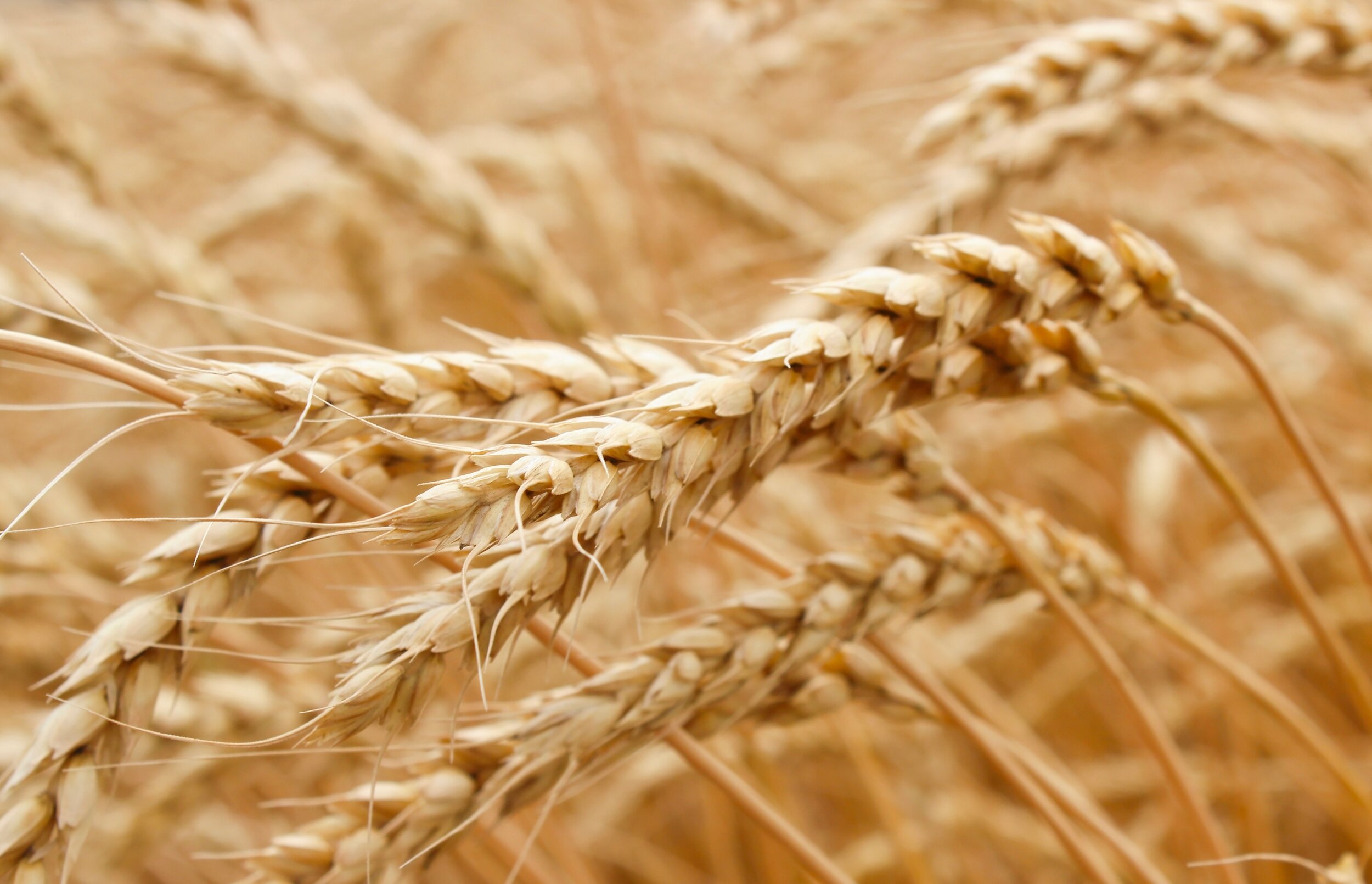
Allergy to Wheat Products
Wheat is the most allergenic of all cereals. IgE antibodies have been found in many components of wheat kernels, including albumin, globulin, gliadin, wheat germ agglutinin, a concanavalin A-purified glycoprotein, and a trypsin inhibitor. Wheat is most rich in gluten, with the other grains containing a lesser mixture of gluten and gliadin.
What Is Allergy to Wheat Products
Wheat allergy is an adverse immune reaction to proteins present in wheat. The immune system erroneously identifies wheat proteins as harmful invaders and produces antibodies, leading to the release of histamines and other chemicals. This immune response can cause a range of symptoms, varying from mild to severe.
Causes of Wheat Allergy
The primary causes of wheat allergy lie in the proteins found in wheat, particularly gliadin and glutenin. These proteins can trigger an allergic reaction in susceptible individuals. Genetics can play a role, as individuals with a family history of allergies may be more prone to developing a wheat allergy.
Coeliac disease is a disorder of the small intestine, caused by a reaction to a gluten protein appearing in wheat, rye, oats, spelt and barley. Symptoms include chronic diarrhea and fatigue. Note that, while triggered by wheat, the disease is not the same as a wheat allergy. Coeliac disease – also called coeliac sprue – is determined with blood testing. A gluten-free diet remains the only defense against this condition.
In addition to being present in all wheat-based food products, wheat gluten is frequently added to baked products made from other grains, including those made from soy flour.
Wheat-sensitive individuals should avoid a product that includes other flours, because it is likely that at least some wheat flour or a derivative will also be present. Even gluten-free bread may contain small amounts of gluten (0.4 mg per 30 gm slice). Bread wheat, durum wheat, triticale, rye and barley, to a lesser extent, are the main gluten-containing cereals. Others include semolina, spelt, and kamut. Cereal products, such as couscous and graham flour, are also prepared from wheat. Spelt has occasionally been marketed as a wheat alternative but is actually part of the wheat family. Spelt may better be described as non-hybridized wheat. No data have indicated differences in the allergenic profiles of the various wheat varieties, and they should all be viewed as potential allergens.
Hydrolyzed wheat proteins can be used in processed foods for flavoring purposes (e.g., in meat flavorings) or as a binder in vegetarian burgers. In the United States legislation dictates that this form of wheat must be labeled as wheat-derived, but this is not always the case in other countries. Wheat can appear under various names on ingredient panels (see first table) and can be found in many food products (see second table). Gluten finds its way into a few pharmaceutical products (e.g., Dimetapp LA, Nulacin, and Fybranta).
Buckwheat is not a member of the grass family and is thus not a true cereal. The grain may be used for human food in various forms from pancake flour to buckwheat noodles and baby foods.
For the wheat-hypersensitive individual, products made from oats, rice, rye, barley or corn or speciality foods made for gluten-sensitive individuals generally may be used instead of wheat. However, cross-reactions, although unusual, may occur between wheat, barley, rye, maize and rice.
Signs and Symptoms of Wheat Allergy
Wheat allergy can manifest in diverse symptoms, affecting different systems of the body. Common symptoms include skin reactions like hives and eczema, digestive issues such as abdominal pain and diarrhea, respiratory symptoms like wheezing and nasal congestion, and even anaphylaxis, a severe and potentially life-threatening reaction that requires immediate medical attention.
Risk Factors of Wheat Allergy
Several factors may increase the risk of developing a wheat allergy. These include a family history of allergies, a personal history of other allergic conditions, and the presence of other allergic diseases like asthma or allergic rhinitis. Infants are more susceptible, but many outgrow wheat allergies as they age.
Labels That May Indicate the Presence of Wheat Protein
All-purpose flour
Bleached flour
Bulgur (cracked wheat)
Bran
Cornstarch
Couscous
Durum wheat
Enriched flour
Farina
Gelatinized starch *
(or pre-gelatinized)
Gluten
Graham flour
Hard durum flour
High gluten flour
High protein flour
Hydrolyzed vegetable protein
Kamut
Miller’s bran
Modified food starch*
Modified starch *
MSG (monosodium glutamate)
Protein
Semolina
Spelt
Starch*
Unbleached flour
Vegetable gum *
Vegetable starch*
Vital gluten
Wheat bran
Wheat flour
Wheat germ
Wheat gluten
Wheat starch
White flour
Whole wheat
Whole wheat flour
* May indicate the presence of soy protein or may be manufactured from cassava (tapioca), maize, or rice. May be soy. Sometimes produced from soy or wheat but now mostly by synthetic means
List of Foods That May Contain Wheat and Gluten
Avoiding wheat-containing foods is crucial for individuals with wheat allergies. Common sources of wheat include bread, pasta, cereals, and baked goods. Additionally, wheat can be present in unexpected places, such as soups, sauces, and processed foods. Gluten, a protein found in wheat, is also present in barley, rye, and sometimes oats.
It is essential to carefully read food labels, as wheat and gluten can hide under various names, such as modified food starch, hydrolyzed vegetable protein, and semolina.
Foods That May Contain Wheat
Alcoholic beverages (made from grain alcohol)
Ale
Beer
Wine
Bourbon
Whiskey
Baked goods
Biscuits
Breads (including rye bread)
Cakes
Cookies
Crackers, etc.
Baking mixes
Barley bread and drinks
Battered foods
Bouillon cubes
Breaded meats
Breaded vegetables
Breakfast cereals
Candy or chocolate candy
Canned processed meat
Cereal grains
Couscous
Gravy
Hot dogs
Ice cream
Ice cream cones
Luncheon meats
Licorice
Macaroni
Malt
Malted milks (e.g., Horlicks)
Milk shakes
Noodle products
Pasta (noodles, spaghetti, macaroni)
Pepper (compound or powdered flour filler)
Pies
Processed meats
Sausage
Semolina
Snack foods
Spaghetti
Soup mixes
Soups
Soy sauce
How To Diagnose Wheat and Gluten Allergy
Accurate diagnosis is vital for managing wheat allergy effectively. Medical professionals may use a combination of methods, including:
Medical History and Physical Examination: The doctor will inquire about symptoms, their frequency, and potential triggers. A physical examination may also be conducted.
Skin Prick Test: This involves applying a small amount of wheat protein on the skin and pricking the surface to observe for an allergic reaction.
Blood Tests: Blood tests can measure the levels of specific antibodies (IgE) produced in response to wheat proteins.
Oral Food Challenge: Under medical supervision, the patient consumes increasing amounts of wheat to observe any allergic reactions.
Elimination Diet: Removing wheat from the diet for a specific period and then reintroducing it can help identify the cause of symptoms.
Treating Wheat Products Allergy
As of now, there is no cure for wheat allergy, and management primarily involves avoiding wheat and treating symptoms when they arise. Medications such as antihistamines may be prescribed to alleviate mild symptoms. In severe cases or during anaphylactic reactions, an epinephrine auto-injector may be recommended to counteract the allergic response.
Preventive Measures to Avoid Wheat Allergy
Preventing wheat allergy reactions involves strict avoidance of wheat and wheat-containing products. Some key preventive measures include:
Reading Labels: Thoroughly read food labels to identify hidden sources of wheat and gluten.
Educating Others: Educate friends, family, and caregivers about the allergy and the importance of avoiding wheat exposure.
Meal Planning: Plan meals carefully, and when dining out, communicate dietary restrictions to ensure safe food preparation.
Alternative Grains: Explore alternative grains such as rice, quinoa, and corn to replace wheat in the diet.
Emergency Action Plan: Develop and share an emergency action plan outlining steps to take in case of accidental wheat exposure, including the use of an epinephrine auto-injector.
Contact Dr. Lubitz Today and Arrange a Consultation
If your asthma or allergies are getting you down, don’t suffer needlessly. Same-day appointments are available. We have multiple offices throughout Manhattan.
